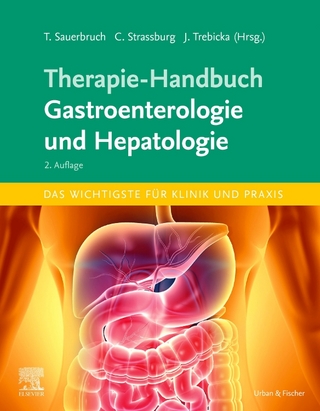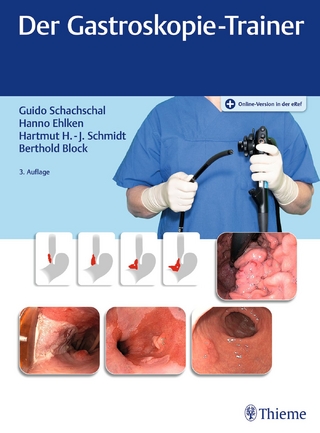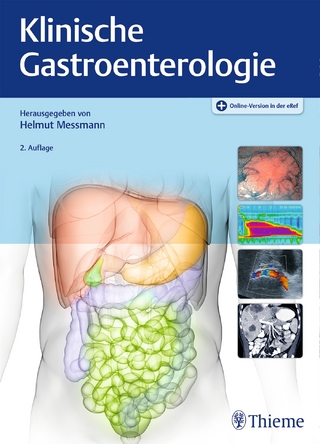
Drug-Induced Hepatic Injury
Elsevier Science Ltd (Verlag)
978-0-444-81303-9 (ISBN)
- Titel ist leider vergriffen;
keine Neuauflage - Artikel merken
This completely re-written and expanded volume provides a guide to the wide variety of important forms of liver injury provoked by reactions to large numbers of drugs. Drug-induced hepatic injury, which in earlier analysis seemed of relatively little moment, now appears to play a much more important role; and hence the theme of this book is of great current importance. Of particular recent interest have been the chronic lesions provoked by drug injury. This extensive group of lesions, taken with the more than 600 drugs that have been incriminated in their causation, makes for a bewildering assortment of information that can easily seem beyond encompassing, were it not for the guidance of this volume. The characterization of the various forms of hepatic injury and the association with the respective drugs has come slowly, and has been based on the collation of data from many individual reports, including descriptions from adverse drug-reaction reporting centers in various countries, with special contributions from a center directed by the author of this volume.
Aspects of toxification and detoxification also receive attention, as does the isoenzymology of cytochrome P-450, a pivotal enzyme of drug metabolism.
Foreword. Contributors. I. Diagnosis and causality assessment of drug-induced hepatic injury (B.H.Ch. Stricker). II. Epidemiology of drug-induced hepatic injury (B.H.Ch. Stricker). III. Mechanisms of drug-induced hepatic injury (D. Pessayre). IV. Pathology of drug-induced hepatic injury (B.H.Ch. Stricker, A.P.R. Blok, V.J. Desmet). V. Individual agents (B.H. Ch. Stricker, M. Biour, J.H.P. Wilson). Introduction. 1. Anesthetic agents and muscle relaxants. A. Anesthetic agents. B. Muscle relaxants. 2. Analgesics and non-steroidal antiinflammatory drugs. A. Narcotic analgesics and antagonists. B. Non-narcotic analgesics/non-steroidal antiinflammatory drugs (NSAID). C. Drugs against gout. 3. Anticonvulsants and antiparkinsonian agents. A. Anticonvulsants. B. Antiparkinsonian agents. 4. Antimicrobial agents. A. Anthelmintics/schistosomicides. B. Antibiotics. C. Antimycotics. D. Antiprotozoal agents. E. Antiviral agents. F. Antileprotic and antituberculous agents. G. Urinary tract and other chemotherapeutic agents. 5. Antineoplastic agents. A. Alkylating agents. B. Antimetabolites. C. Antineoplastic antibiotics. D. Alkaloids. E. Miscellaneous/investigational. 6. Cardiovascular agents. A. Antiarrhythmic/cardiac agents. B. Antihypertensive agents. C. Antithrombotic agents. D. Diuretics. E. Vasodilators. 7. Dermatological agents. A. Antipsoriatic agents. B. Other dermatologic agents. 8. Gastrointestinal agents. A. Anti-ulcer drugs. B. Laxatives. C. Drugs against inflammatory bowel disease. D. Other gastrointestinal agents. 9. Antidiabetic agents. A. Sulfonylureas and related agents. B. Biguanides. C. Aldolase reductase inhibitors. Immunostimulants and immunosuppressants. A. Immunostimulants. B. Immunosuppressants. 11. Psychopharmacological agents. A. Neuroleptics. B. Hypnotics and sedatives.
| Erscheint lt. Verlag | 26.11.1992 |
|---|---|
| Reihe/Serie | Drug Induced Disorders S. ; v.5 |
| Verlagsort | Oxford |
| Sprache | englisch |
| Gewicht | 1225 g |
| Themenwelt | Medizinische Fachgebiete ► Innere Medizin ► Gastroenterologie |
| Medizinische Fachgebiete ► Innere Medizin ► Hepatologie | |
| Studium ► 2. Studienabschnitt (Klinik) ► Pharmakologie / Toxikologie | |
| ISBN-10 | 0-444-81303-9 / 0444813039 |
| ISBN-13 | 978-0-444-81303-9 / 9780444813039 |
| Zustand | Neuware |
| Haben Sie eine Frage zum Produkt? |
aus dem Bereich


